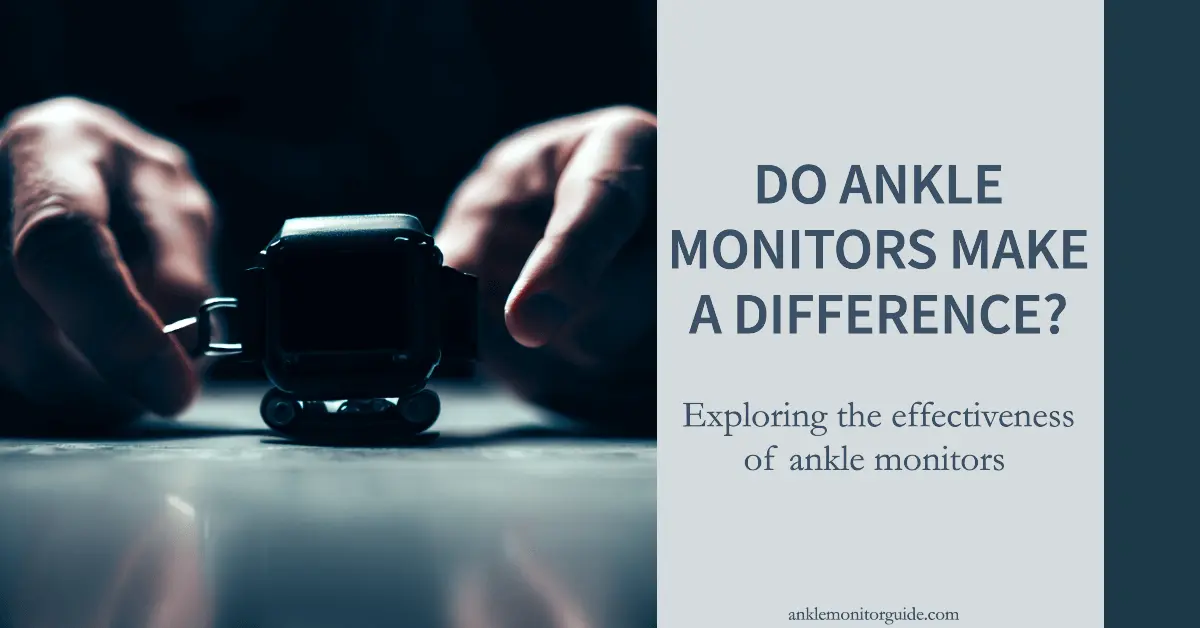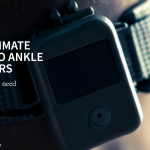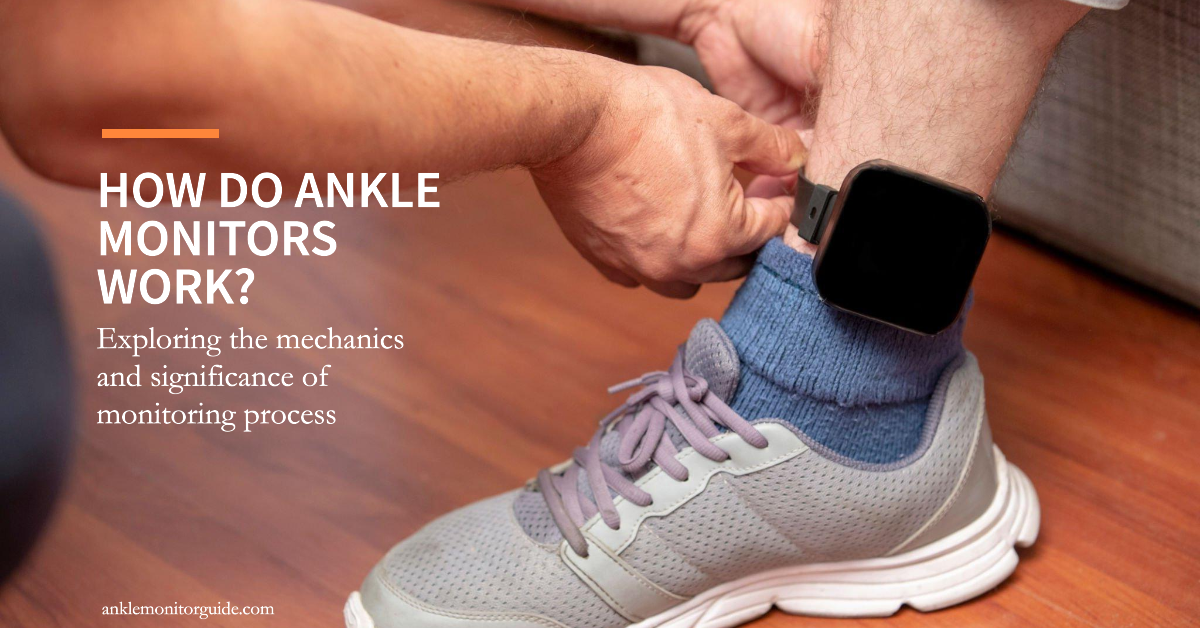In an age where technology is rapidly changing how we live, work, and even maintain security, the criminal justice system, too, hasn’t been left behind. Among these advanced implementations is the extensive use of ankle monitors, also referred to as electronic monitors. These devices, worn around an individual’s ankle, serve a dual purpose: not only do they promote public safety, but they also address the problem of prison overcrowding. But do they deliver these promises in reality, or are they just an over-hyped piece of technology?
Are ankle monitors effective in achieving their designed objectives? The answer to this question requires an in-depth analysis of their operations, advantages, and disadvantages. Let’s delve deep into the various dimensions of this technology and its strengths and limitations.
The Mechanism: Understanding How Ankle Monitors Work
To truly understand the effectiveness of ankle monitoring devices, we first need to demystify how ankle monitoring devices work. Like an unseen guard, ankle monitors are electronic shackles that weave an invisible leash connecting the wearer to the legal authorities.
Ankle monitors use highly intricate radio frequency or GPS technology to track and transmit the wearer’s location meticulously. An alert is triggered in a remote monitoring station whenever the wearer attempts to tamper with the device or step out of a designated area. This certainly makes it harder for offenders to abscond or commit further offenses without setting off alarms. So, the design facilitates real-time surveillance, promoting accountability and deterrence.
Effectiveness: What Makes Ankle Monitors Useful
Ankle monitors have been shown to be effective in several aspects:
1. Deterrence:
By constantly reminding wearers of their boundaries, ankle monitors serve as a major deterrent to reoffending. With ankle monitors, wearers are under constant check, which discourages them from resorting to criminal activities or violating parole conditions.
2. Streamlining Justice:
Ankle monitors serve as a significant part of a customized criminal justice system. They shoulder the burden of the strained criminal justice system by managing moderate-risk individuals without causing undue pressure on prisons.
3. Cost-Benefit:
In comparison to the hefty expenditure of housing inmates, the daily cost of employing electronic monitoring is strikingly lower, making a compelling case for its adoption.
Ankle monitoring devices serve the purpose in many aspects; however, the effectiveness of these devices isn’t without limitations.
Limitations: The Other Side of Ankle Monitors
As nothing is perfect, ankle monitors are also not devoid of shortcomings. Counterbalancing the benefits, the effectiveness of ankle monitors degrades under certain circumstances:
1. The Honesty Hook:
Ankle monitors can’t guarantee full compliance. This is because the ultimate success of ankle monitors greatly relies on the wearer’s willingness to adhere to the rules, which poses a risk of breach. However, it still works as an effective ATD (Alternative to Detention) in most of the cases.
2. False Alerts:
Since the systems rely on technology, they can sometimes fail or malfunction. Despite being high-tech devices, ankle monitors can occasionally generate false alarms due to technical glitches, leading to unnecessary tension and confusion. This makes ankle monitors less effective than traditional monitoring methods.
3. Limited Deterrence:
Ankle monitors may provide a false sense of control to hardened criminals undeterred by surveillance rather than providing an effective prevention mechanism. Despite their effectiveness, they might not be able to deter habitual criminals.
Conclusion: Balancing the Pros and Cons
So, are ankle monitors effective? The answer is complex. The reality is they serve as a useful tool in maintaining public safety and managing resources, presenting an innovative solution to some long-standing problems. However, they should not be perceived as a standalone solution but rather as a component of a larger strategy to address criminal behavior. To maximize the effectiveness of ankle monitors, continued advancements and improvements of this technology are crucial to ensure it serves the purpose it’s designed for while keeping in mind that the ultimate aim is a safer and more harmonious society.







